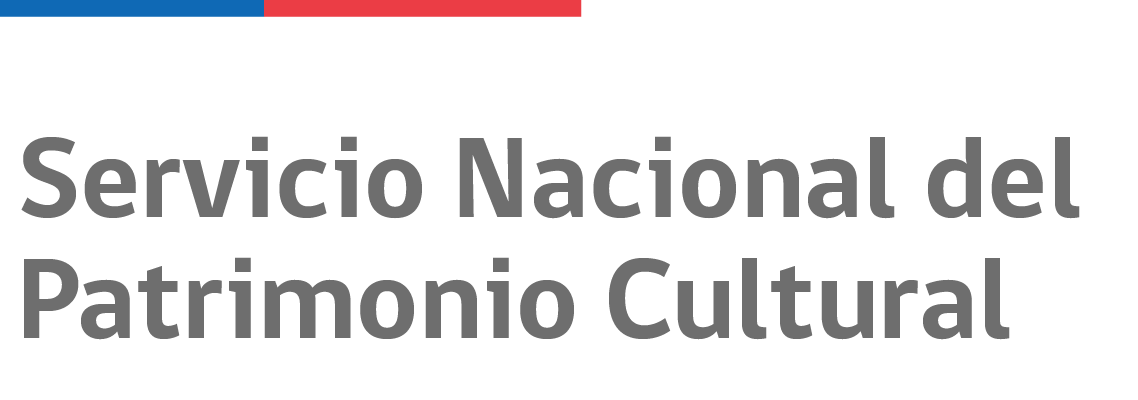
Address:
Opening times:
Admission:
From 15 June 2018 to 3 March 2019.
In the “Matta for All” exhibition, the National Fine Arts Museum has once again put on display its collection of the works of Roberto Matta, showing the artist’s commitment to his country at important historical moments. The exhibition includes eight of his paintings from between 1942 and 1972 as well as projections of drawings and prints produced between 1962 and 1997.
Some of the pieces on display were donated to the Museum by the artist in the knowledge that they would become public property and, although others were acquired by different means, they are all linked by the fact that they were produced in Chile or are related to significant moments in the country’s history. That is why the title of the exhibition underlines the work shown as part of the heritage of the Chilean people.
The exhibition also includes a video made by the Council for National Monuments about the mural “The First Goal of the Chilean People” (1971), which Matta painted together with the Ramona Parra Brigade in Santiago’s La Granja district, where the Matta Cultural Center is now located. This is one of the pieces which the artist donated to Chile.
About Roberto Matta
Matta was born in Santiago in 1911 and lived there until 1935 when he graduated as an architect from the Catholic University of Chile and left for Europe. While in Chile, he also studied under the artist Hernán Gazmuri at the University of Chile’s School of Fine Arts and at his private academy.
Between leaving Chile and his first return visit in 1948, Matta pursued a successful career as an artist, establishing himself in European and US circuits. In this period, he was a member of the workshops of the architects Le Corbusier in Paris and Walter Gropius in London.
In 1937, he met André Breton and other members of the Surrealist movement of which he formed part until his expulsion in 1948. In 1938, Matta took up residence in New York, along with many other artists and intellectuals who fled Europe ahead of World War II.
In New York, he established ties with the New York School, particularly because of the interest aroused by Surrealist psychic automatism. In 1959, Matta rejoined the Surrealist movement.
In 1967, Matta went to live in Tarquinia, near Rome, dividing his time between frequent visits to Paris, London and New York.
In the 1970s, he became involved in Chile’s social, political and cultural revolution and supported the Popular Unity government. After the military coup, he never returned to the country of his birth.
Matta was awarded the National Prize for Art in 1990. He died in Civitavecchia, Italy, on 23 November 2002.

